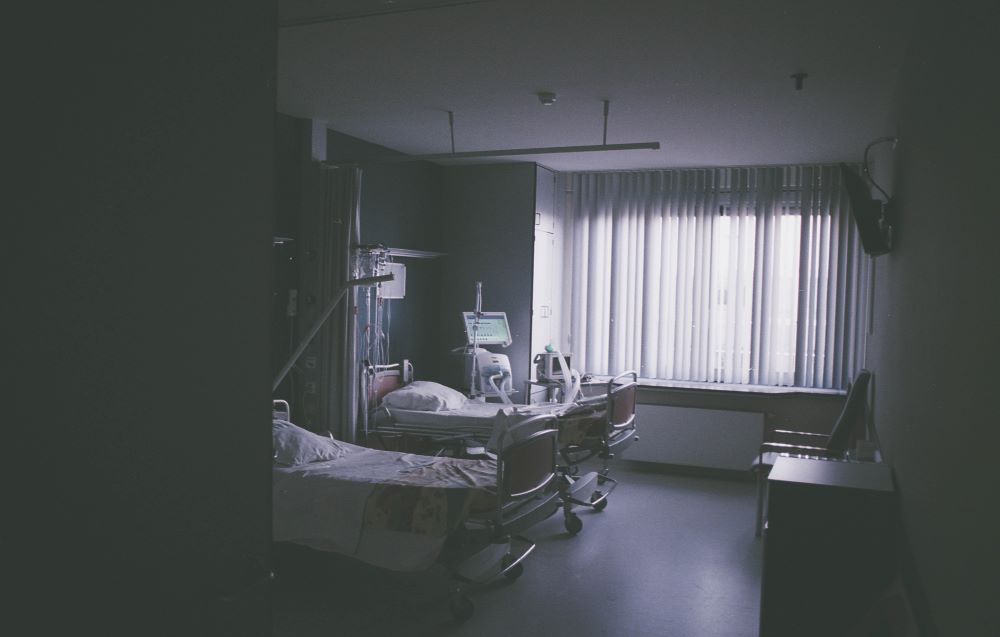The Frightening Commonplace of Bedsores

Taking care of our families as they age is the responsibility of every generation. Our parents who raised us, our uncles and aunts, and any loved ones who are no longer able to care for themselves become a priority for us, and we want to ensure that they receive the care and support that they deserve.
Unfortunately, we cannot always trust nursing homes to provide the care and support that our families need. Cases of negligence in nursing homes are far too common, with our loved ones getting bedsores and other injuries that cause constant pain and discomfort, sometimes leading to hospitalization, amputations, or an early, avoidable loss of life.
What are Bedsores?
Bedsores are one of the most common injuries that older people in nursing homes suffer. Bedsores are defined as injuries to the skin and underlying tissue that result from prolonged pressure on one part of the body.
Bedsores often start as a relatively minor discomfort but can progress to serious and life-threatening injuries if not identified and treated rapidly. As bedsores get worse, they are categorized into four stages of severity:
- Stage 1. The mildest stage of a bedsore is where the injury only affects the upper layers of your skin, with no open wound. A stage 1 bedsore can cause pain, itching, and burning, and the skin in the affected area may feel different than the skin around it. Stage 1 bedsores are treated by stopping the pressure and allowing blood to flow to the area again and heal.
- Stage 2. In a stage 2 bedsore, the skin breaks or starts to look like a pus-filled blister. It may ooze fluid or pus and is very painful. A stage 2 bedsore can take up to three weeks to heal and require routine cleaning and medical care.
- Stage 3. Bedsores move to stage 3 when the injury has gone through the skin and into the underlying fatty tissue, causing a crater-like appearance and bad odor. Skin tissue in and around the sore may be black and appear dead. Stage 3 sores are excruciating, require immediate medical care, and can take anywhere from four to sixteen weeks to heal.
- Stage 4. Bedsores are classified as stage 4 when the injury has gone through the fatty tissue and into the underlying muscle and ligaments. The skin turns black and shows signs of infection, and often reveals underlying muscles, tendons, or ligaments. Stage 4 bedsores are critical, often requiring surgery or amputation, and can take years to heal.
How Common are Bedsores?
Bedsores are much more common than you might think. Per the Center For Disease Control (CDC), more than one in ten nursing home residents have one or more bedsores. 50 percent of those with bedsores had one or more that had already progressed to Stage 2. In other words, bedsores are a real risk for the elderly in nursing homes.
What to do if You or a Loved One Gets Bedsores in a Nursing Home
People that are unable to move by themselves, especially when they are older, need help and must be moved at least every two hours to avoid the risk of bedsores. More frequent changes in body position are necessary for those who spend their days in a wheelchair.
If your loved one has contracted bedsores while in a nursing home, it is likely because the needed care and routine actions were not performed, and you may have a valid case against the nursing home. Our Gillette nursing home abuse attorneys at Steven Titus & Associates, P.C. have the knowledge, experience, and care to help you seek to recover compensation for nursing home negligence. Contact us today for a free case strategy session at (307) 257-7800.

Your FREE Case Strategy Session
On All Injury and Criminal Cases
Contact our office right now to speak to
someone who wants to help you.